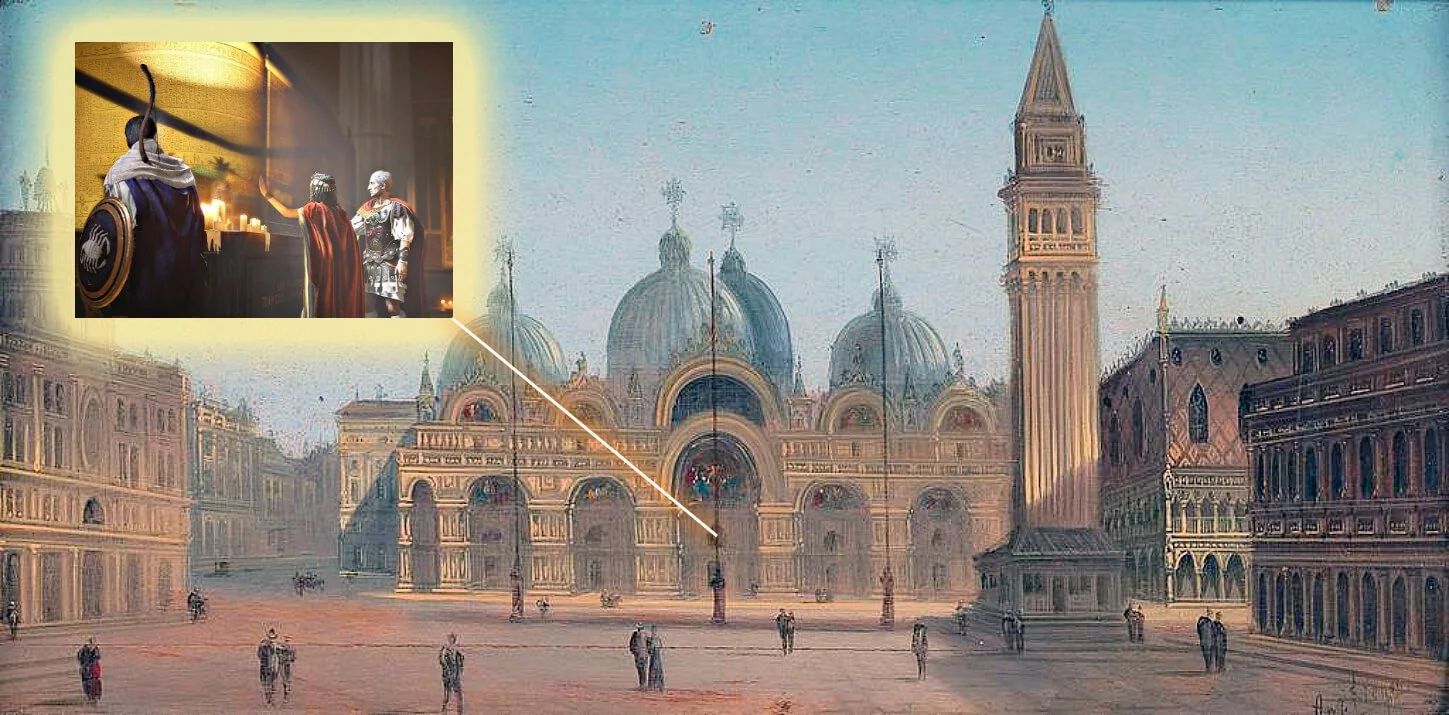In one of London's most exciting archaeological discoveries in recent history, a team of archaeologists has uncovered a section of Roman masonry that once formed part of a basilica in the ancient town of Londinium. The find, made during an excavation in the heart of the city's financial district, is being hailed as one of the most significant discoveries in the capital since an ancient amphitheater was unearthed in the 1980s.
Discovery in the Financial District
The discovery took place in the basement of a 90-year-old commercial building on Gracechurch Street, located in the bustling City of London, also known as the Square Mile. Developers planning to demolish the building worked with specialists from the Museum of London Archaeology to uncover extensive stone masonry from a basilica—a vital structure in Roman cities. The basilica was situated next to the forum of Londinium, which flourished for centuries before its decline about 1,600 years ago.
Archaeologists had been conducting excavation work for two years when they uncovered thick, massive stone walls buried several feet underground. One of the key findings was a substantial piece of masonry, measuring three to four feet wide, marking the foundation of the nave, the central part of the basilica.
Significance of the Find
According to Sophie Jackson, director of developer services at the Museum of London Archaeology, the basilica was a central building in any significant Roman town. It served not only as the administrative hub of the settlement—housing law courts and magistrates—but also as a commercial space where merchants conducted their business.
This discovery is particularly significant because the area has been a commercial hub for centuries and has undergone extensive redevelopment since the Middle Ages. The fact that such an important piece of London’s Roman heritage has survived centuries of construction is remarkable, as noted by Jane Sidell, Principal Inspector for Ancient Monuments at Historic England.
The Basilica's Historical Importance
Artist rendering of a Roman forum complex
The basilica, which was likely built around 80 C.E., is located within the site of Londinium's forum, the city's central public space. The archaeological team suggests that the decision to build such a large and impressive basilica at a time when Londinium was still recovering from a recent revolt against Roman rule speaks volumes about the confidence placed in the city's future.
At the time of its construction, Londinium had a population of around 40,000 people. The basilica, nearly 40 feet tall, was an imposing structure designed not just for practical use but also to impress and potentially intimidate the local population. According to Sophie Jackson, the basilica's size was unparalleled in Britain at the time, signaling the importance of Londinium as a thriving Roman settlement.
Future of the Discovery
This discovery offers a unique opportunity to connect with the ancient past, providing a tangible link to London’s Roman roots. What makes the find even more exciting is the commitment from the building’s developer, Hertshten Properties Limited, to publicly display some of the archaeological artifacts uncovered during the excavation. This follows a similar initiative by Michael Bloomberg, who showcased a Roman temple discovered beneath his company's London headquarters.
For Jane Sidell, this kind of historically conscious construction, which preserves and showcases archaeological findings, represents a positive shift from the rapid development of the 20th century. Experiencing these ancient remains in person provides a profound connection to London’s 2,000-year-old legacy—a connection that no book or movie could replicate.








